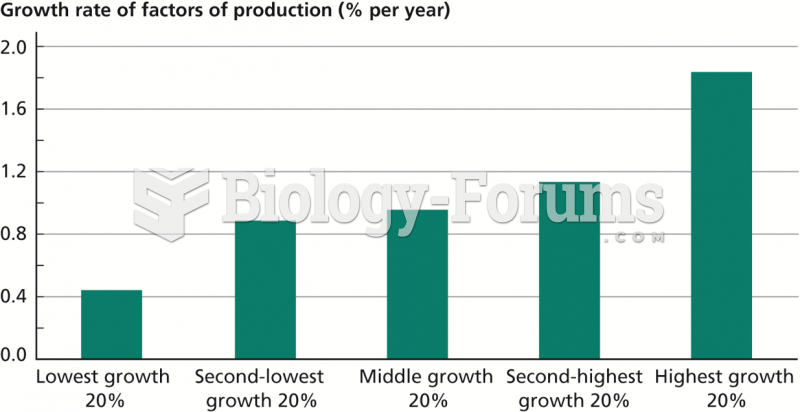Answer to Question 1
Economic viability refers to the ability of firms to survive during a specified time period as profitable business firms. To analyze the economic viability of a firm, both strategic and financial assessments are conducted.
Strategic approaches to economic viability focus on both the industry in which a firm operates and the firm itself. Industry factors to examine include barriers to entry, which are expenses such as high capital costs, or intellectual property such as patents or copyrights held by other firms, which will make it difficult for new entrants to join the industry. The power of the suppliers and power of the customers in the industry must also be considered. If suppliers are sufficiently powerful they can charge higher prices, whereas if the manufacturers or retailers are more powerful they can bargain effectively for lower prices from their suppliers. The relative power of the customers determines whether or not they will be able to shop among the firm's competitors, thus keeping prices down. The existence of substitute products in an industry can also drive prices down if consumers have access to products with a similar function that they determine will fill their needs just as adequately. The industry value chain must be evaluated to determine if the chain of production and distribution for the industry is changing in ways that will benefit or harm the firm. Finally, the nature of the intra-industry competition must be evaluated to determine if the competition within the industry is based on differentiated products and services, price, the scope of the offerings or the focus of the offerings, and whether any imminent changes in the nature of the competition will benefit or harm the firm.
The strategic factors for the individual firm that are examined include the firm value chain, the core competencies of the firm, the synergies available to the firm, the technology used by the firm, and the social and legal challenges facing the firm. The firm value chain must be evaluated to determine if the firm has adopted business systems that will enable it to operate at peak efficiency and whether there are any looming technological changes that might force the firm to change its processes or methods. The core competencies of a firm are its unique skills that cannot be easily duplicated. When analyzing the economic viability of a firm it is important to consider whether technological changes might invalidate these competencies. Synergies refer to the availability to the firm of the competencies and assets of related firms that it owns or with which it has formed strategic partnerships. The firm's current technology must be evaluated to determine if it has proprietary technologies that will allow it to scale with demand and if it has developed the customer relationship, fulfillment, supply chain management, and human resources systems that it will need in order to be viable. Finally, the social and legal challenges facing the firm should be examined to determine if the firm has taken into account consumer trust issues such as the privacy and security of personal information and if the firm may be vulnerable to legal challenges.
The financial factors to analyze are the firm's revenues, cost of sales, gross margin, operating expenses, operating margin, and net margin. Revenues must be examined to determine if they are growing and at what rate. Cost of sales is the cost of the products sold including all related costs. The lower the cost of sales compared to revenue, the higher the gross profit. Gross margin is calculated by dividing gross profit by net sales. If the gross margin is improving consistently, the economic outlook for the firm is enhanced. Operating expenses such as marketing, technology, and administrative costs should be evaluated to determine if the firm's needs in the near interim will necessitate increased outlays. Large increases in operating expenses may result in net losses for the firm. Operating margin tells us if the firm's current operations are covering its operating expenses, not including interest expenses and other non-operating expenses. Net margin is calculated by dividing net income or net loss by net sales. It evaluates the net profit or loss for each dollar in sales. For example, a net margin of 12 indicates that a firm is making 12 cents on each dollar in sales. These figures can be found on a firm's consolidated statement of operations and summary balance sheet. A thorough strategic and financial analysis will often reveal the true economic prospects for a firm in the near to medium term.
Answer to Question 2
FALSE







